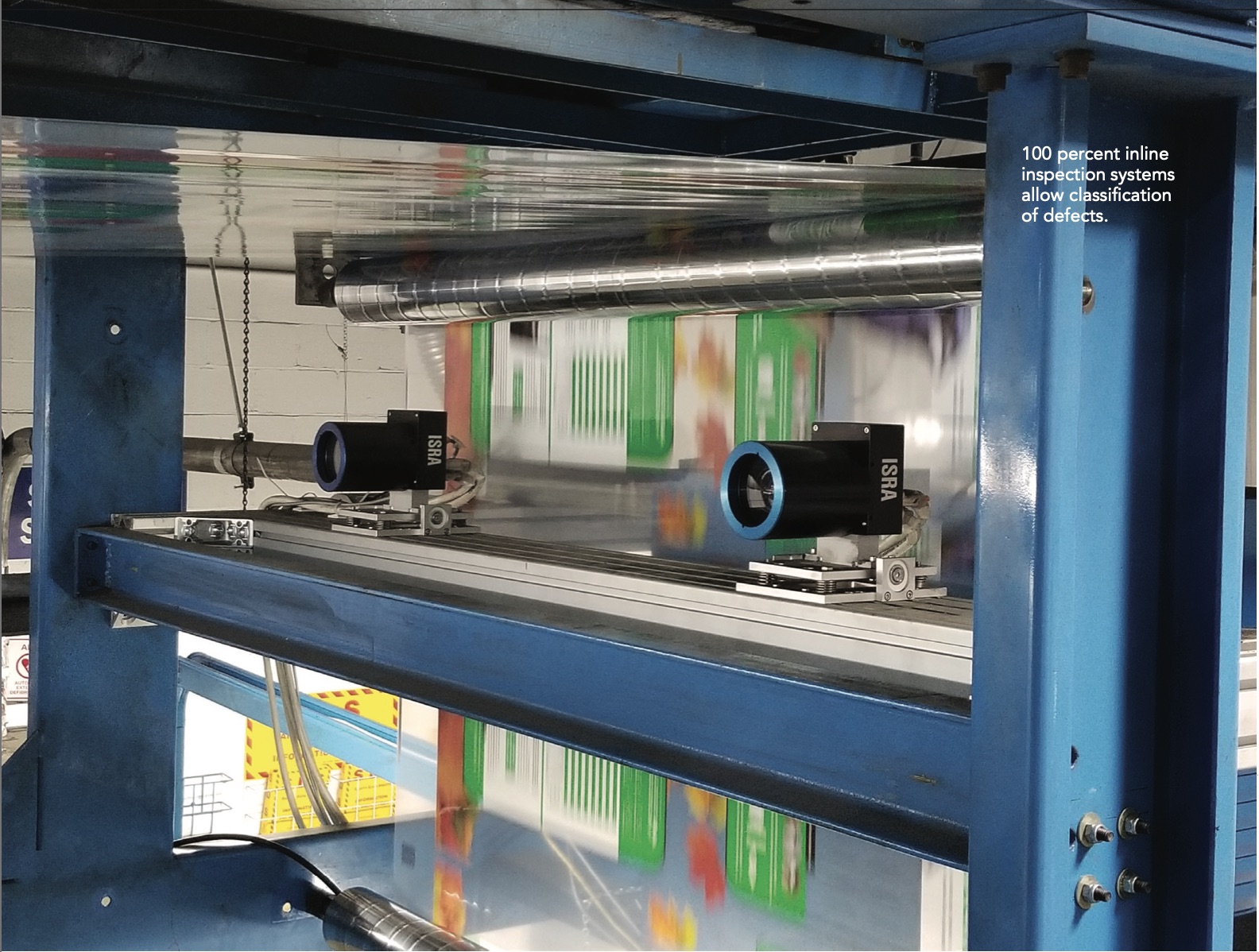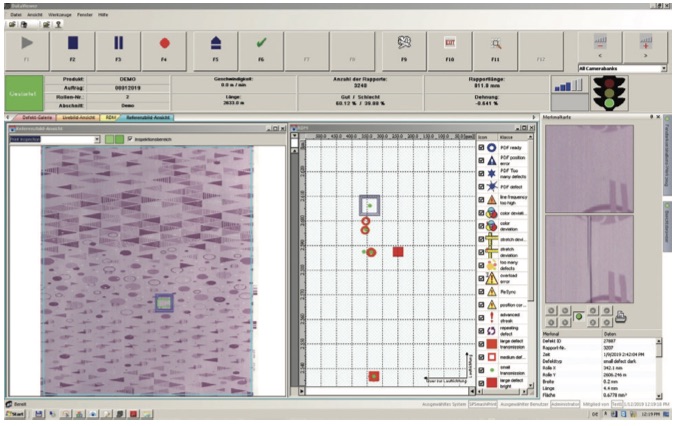Achieve Higher Returns Thanks to Defect Classification
- Published: June 06, 2022
By Luciano Menk, ISRA VISION, Sales Director Surface & Print Inspection
At the point of sale, the packaging is the best way to persuade end consumers to purchase a specific brand. The design determines the brand message and the positioning of the product. Particularly amongst first-time purchasers, the packaging often influences the purchasing decision and communicates the value and quality of the goods.
Consumers are approached by the “silent salesperson” – the packaging – on various levels through complex and carefully considered design concepts. It should inspire confidence, be unmistakable and communicate the quality of the goods and, in doing so, convey high quality and value.

Packaging of cosmetics or body care products is subject to the highest standards. The same applies in the food sector, where an appetizing and attractive appearance is often the main incentive to purchase a product. Good packaging suggests a good product. In addition, what is important for people is also important for pets: Quality requirements for pet food packaging have become far more stringent.
This brings with it a wide array of requirements when printing packaging, as generally valid quality criteria such as:
- achieving the exact specified colors reliably, repeatedly and constantly, even during follow-up jobs;
- printing easily legible texts with sharp and clear edges, even when small font sizes are used;
- registration accuracy; and
- correct contents.
These are supplemented with the brand owners’ individual requirements to meet end customers’ quality expectations for every single product. In addition, there are growing demands when it comes to the sustainability of production. Here, a particular focus is placed on conserving the environment and using energy and resources sparingly. For production to be sustainable, defect rates and waste need to be reduced to a minimum.
However, ensuring a completely defect-free production that is also as fast as possible is a difficult task. The challenge, therefore, lies in classifying print defects: When is a defect so serious that the printed material is no longer salable?
For every application, there are distinct criteria that determine whether a print job is salable or needs to be printed again. Here, the size, color and type of defects are just as crucial as their position in the print image. For example, ink splashes near the logo would obviously be a “no go,” while the same defect in a location at the bottom of the packaging or in a fold might be tolerable.

State-of-the-art inspection technology gives you the crucial advantage: 100 percent inline inspection systems allow defects to be classified. The “defect classifier” functions of print or surface inspection systems also allow the precise classification of different defects by size, color or even type – such as streaks, splashes, registration errors and color deviations – in accordance with customer requirements.
Customer guidelines and tolerances can thus be determined for every print job. To this end,
precise information on the defects to be detected and limit values are entered into a job-specific requirements profile in the defect classifier. Based on this, the defects that exceed the tolerances are displayed to the operator, enabling them to intervene in the printing process to prevent waste.
Moreover, automated actions can be assigned to the defect types, such as inserting a tab, discharging the waste material or making other digitally controllable markings. Unimportant defects are nonetheless recorded and can be found in the inspection report with precise details of their position. The customer-specific requirements profile can also be used for follow-up jobs. This means that the same level of quality specified for this application can also be reliably reproduced in the future.
About the Author
Luciano Menk is the principal North American Sales and Key Account Director for the Advanced Materials and Print markets at ISRA VISION’s U.S. headquarter in Atlanta, GA. With more than 15 years of experience in surface inspection solutions for the manufacturing and converting industries, he has served ISRA VISION in different roles for more than 10 years.




